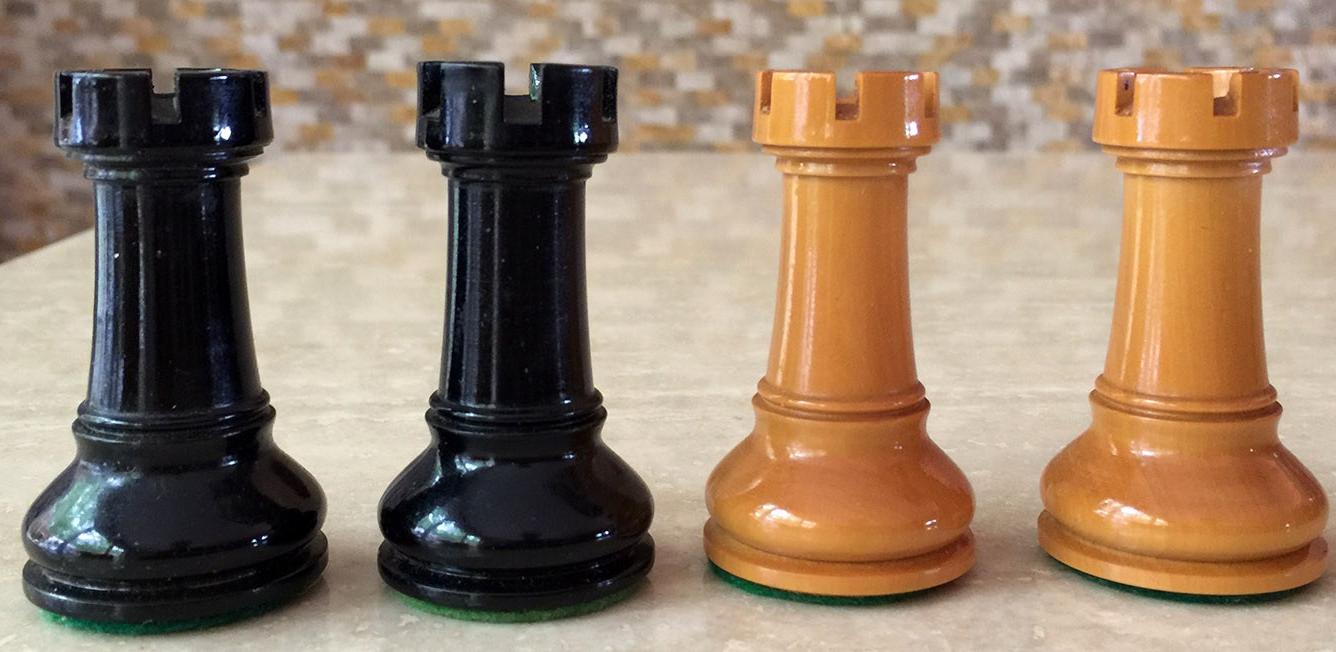
Rook Endgame: The Principles
Welcome back! It is time to wrap up our rook endgame series. In the previous four articles (Part 1, Part 2, Part 3 & Part 4), I covered important rook endgame positions and ideas. Now I'd like to present couple of games that illustrate the fundamental principles!
Principle #1 - Activity
Winning material is an important aspect of chess, but it is not the most important part. Oftentimes, factors like initiative, coordination, and activity do compensate for being a pawn or two down. Surprisingly, endgames aren't an exception. Even in the final stage of the game, material does not always prevail. The second point that I want to make is about king safety. We think of a king as a piece that needs to be protected at all times since mating a king is the one and only objective of the chess game. Yes, it is true that a king more often than not should not be left alone. This mostly refers to opening and middlegame when there are plenty of pieces on the board. However, the king becomes a fighting piece in the endgame, and it often needs to be directed towards the center of the board to make a change!
Principle #2 - Rook Behind The Passed Pawn
Creating a passed pawn in an endgame is super important, and this is exactly how most games are decided. If you have a passed pawn in a rook endgame, where would you want to have your rook placed? In front of it, on the side, in the rear? It appears that the rook is better placed in the rear, that is behind the passed pawn. Why? Because it does support the further advancement and promotion of the pawn. Imagine a couple: a wife and husband. The husband is more likely to become successful if he has a loyal and supporting wife that always covers his back. The same is true of a passed pawn and rook relationship, where the rook plays the role of a loyal wife and the pawn is the husband who wants to make it to the top! Hope this comparison makes sense ![]()
Principle #3 - The Principle of Two Weaknesses
Sometimes one weakness isn't enough to win. Your opponent will simply use all his resources to protect it. So, what's the plan then? Of course, create one more weakness! Then, your opponent will wonder which weakness you will go after. By successfully combining threats, you are likely to win one of those weaknesses. If you are interested in learning more about the principle of two weaknesses, feel free to check out the standalone article on the subject.
All Principles In One Game - Cornette vs Ipatov, Cappelle la Grande Open 2011
Thanks for reading this and the previous articles in the series! ![]()






